Unplanned Memories: Scotland
by D.E. Bentley –
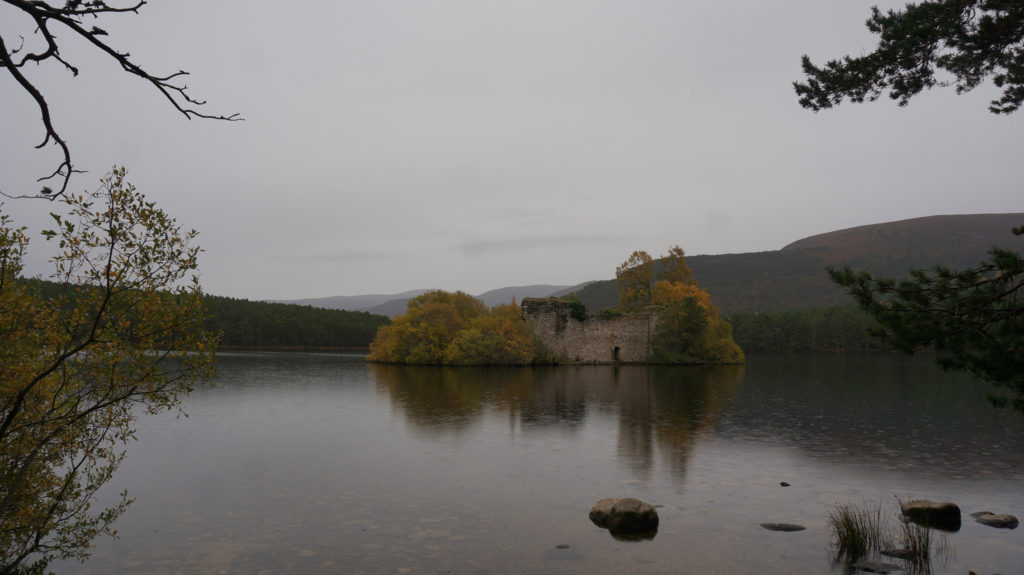
Everywhere we travel there are differences, but for me the similarities from place to place are often more intriguing and meaningful. A recent trip to Scotland and, in particular, a lovely week at a cottage in Kinross, offers a perfect opportunity to explore the parallels that remind us that regardless of where we live, and the little differences between us, we all value the same things for ourselves and the generations to come.
Our initial travels took us via camper van in a northwesterly track to Loch Lomand and the Trossachs then on to Glencoe and Fort William which hosts Ben Nevis – the highest mountain in Scotland and the British Isles. We continued onto the Isle of Skye then east to Inverness and Aviemore. After a week traveling together, I settled in for a week of solitude near Loch Leven, north of Edinburgh – our initial city of arrival, and departure.
Scotland is often associated with castles, kilts and bagpipes, but the country offers so much more. Like the Finger Lakes Region, Scotland’s varied geographic landscape, characterized by glens, lochs and drumlin fields was formed by the effects of glacial erosion. The result is an ever-changing landscape that morphs from lowland field and lochs to impressive mountainous peaks with cascading waterfalls. The Finger Lakes region’s “highlands” are modest in comparison to Ben Nevis’ soaring 4,409 feet of elevation, which more resembles Adirondack peaks. Still, there is a similarity in the way surprising and breathtaking scenes seem to appear around every turn as the changing landscape reveals itself.
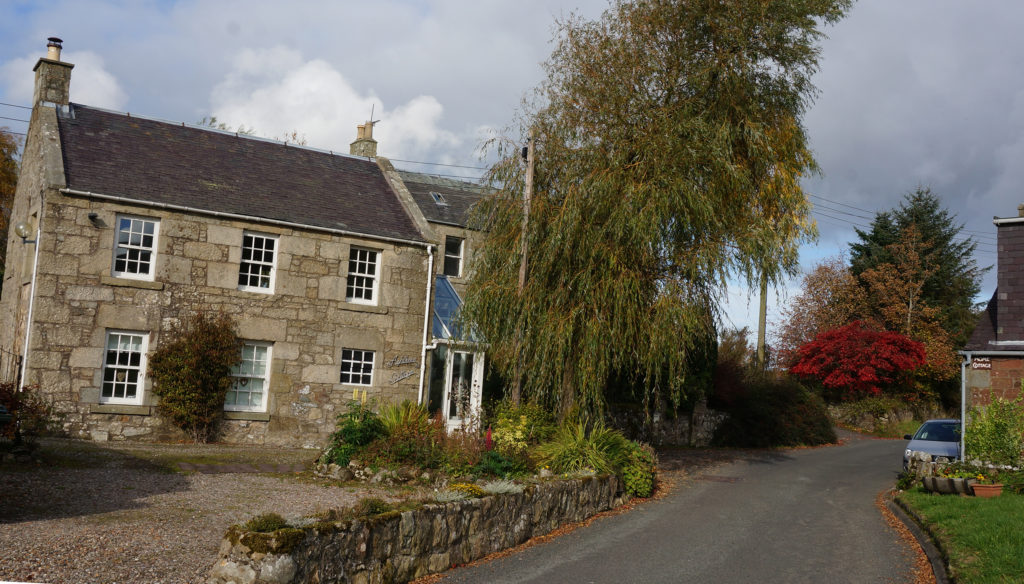
Like many people who call the Finger Lakes home, my half-century of living here has strengthened my tendency toward protecting the history, heritage and natural beauty all around us. Our recent travels, and particularly my stay in Wester Balgedie overlooking Loch Leven in Kinross, deepened that understanding and protectionist stance. Loch Leven is a fresh water Loch covering five square miles of land area (slightly less area than Conesus). In character, it is much more similar to Canadice and Hemlock Lakes, in that shoreline access and development is severely limited. With the exception of a dock – a departure point for fishing vessels and tourists traveling to Loch Leven Castle (where Queen Mary was held and escaped from) and Kirkgate Park – both in Kinross Township – most of the shoreline has been set-aside as protected wildlife habitat. As with Canadice and Hemlock, this was not always the case. In the past, the lake water levels were lowered and much of the now restored wetlands were farm and pasture land.
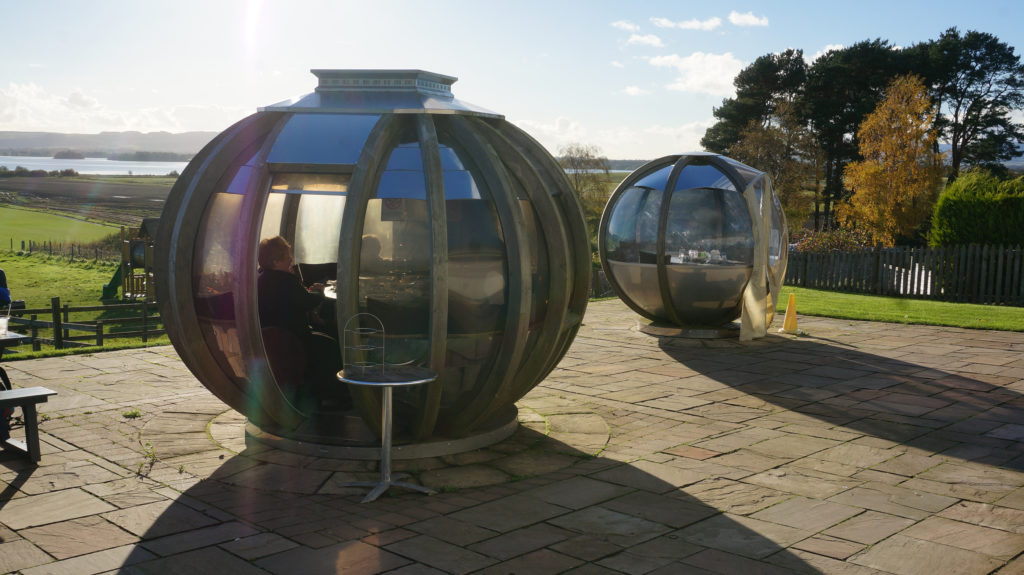
As with many in the Finger Lakes, the people of Scotland’s strong ties to their homeland have resulted in a desire to preserve the historical richness of the people and the natural beauty of the lands that they call home. Loch Leven offers one case study for success. The loch now features thirteen miles of trails for walking and bicycling. The entire loop of the Loch Leven Heritage Trail is also accessible by wheelchairs, allowing anyone to enjoy this beautiful area. In many places, the trail diverts well away from the shoreline, bordering and limiting access to wildflower meadows strategically maintained by controlled grazing and environmentally sensitive wetland areas. In some places one can walk closer to the shore or skim rocks from a sandy beach. There is no fishing allowed from the shorelines and boat launching is limited to the Kinross docks.
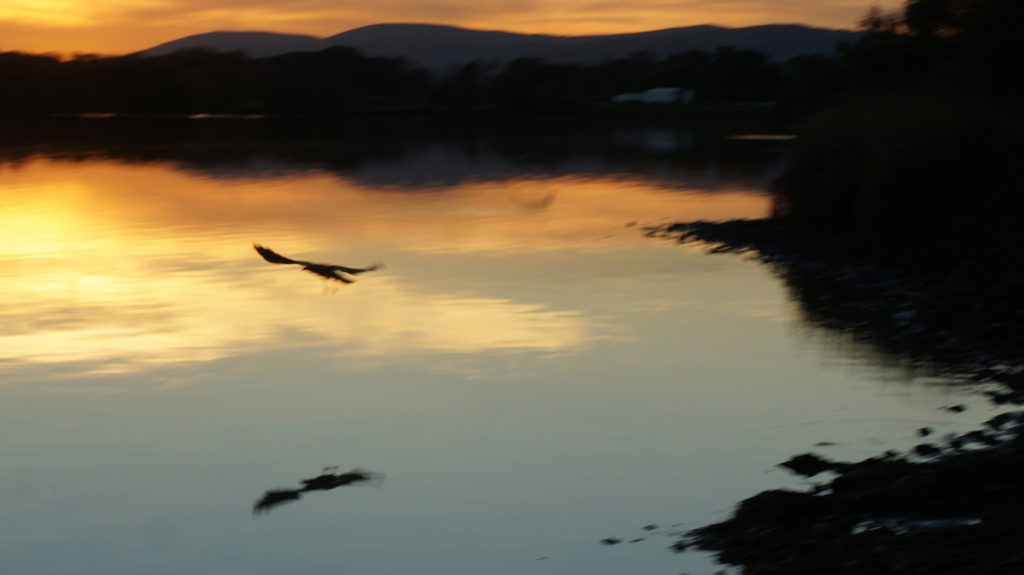
Everywhere there are birds. Arriving just as the migrating pink-footed geese began their annual stop over, it was often a cacophony of voices that greeted me as I lookeddown from my cottage perch – a third of a mile from Balgedie Toll Tavern. A bit further was Loch Leven Larder (a deli, market café and abundantly stocked tourist gift shop) which on favorable weather days was crowded with visitors of all ages sitting on the spacious back patio, huddled in the dining pods or playing on the playground or adjacent fields. From the Larder the trails descend toward the Loch and promenading couples or small groups pass and share casual greetings. From here, one of a number of car lots that allow easy access to the trail, it is a four-mile walk into Kinross, which offers lake access by boat as well as a number of unique shops and places to eat and shop. Looking south across the Loch from Wester Balgedie, you see St. Serf’s Inch (or Island – human population zero) and on the far shore is the RSPB (Royal Society for the Protection of Birds) Loch Leven. A five-mile walk from Wester Balgedie, the bird sanctuary offers viewing scopes, a café and a gift shop as well as a sculpture trail easily accessible and enjoyable by visitors of all ages. A seasonal glider experience offers visitors another way of seeing Loch Leven and the surrounding countryside (an adventure I tried to capture but regrettably missed out on). All along the trail are markers and inscriptions that remind walkers of the Loch’s rich historic past.
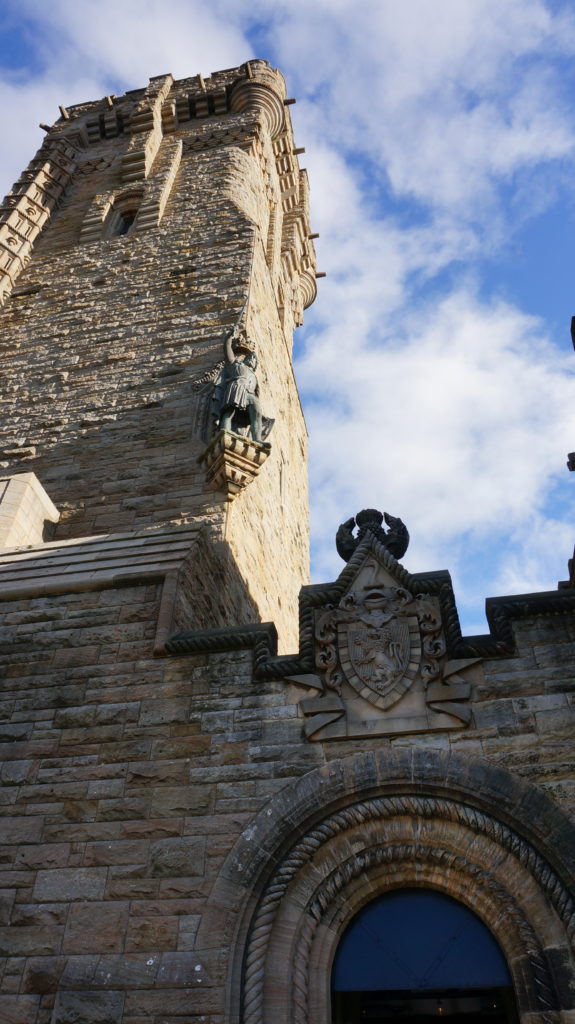
I also took an unplanned and highly educational trip to the nearby City of Stirling and climbed the stairs to the top of The National Wallace Monument. This 219 foot tall stone monument was built to commemorate Sir William Wallace, who led Scottish independence fighters to victory against the English in 1297 at the Battle of Stirling Bridge. (He is the hero portrayed in the movie Braveheart). The tower features a stunning view of the site of the battle and the surrounding countryside in all directions, along with multiple exhibits – including Wallace’s sword in the Hall of Heroes. This chance encounter with Scotland’s rich past remind me less of our differences and more of the many commonalities that we share, including our struggles for independence.
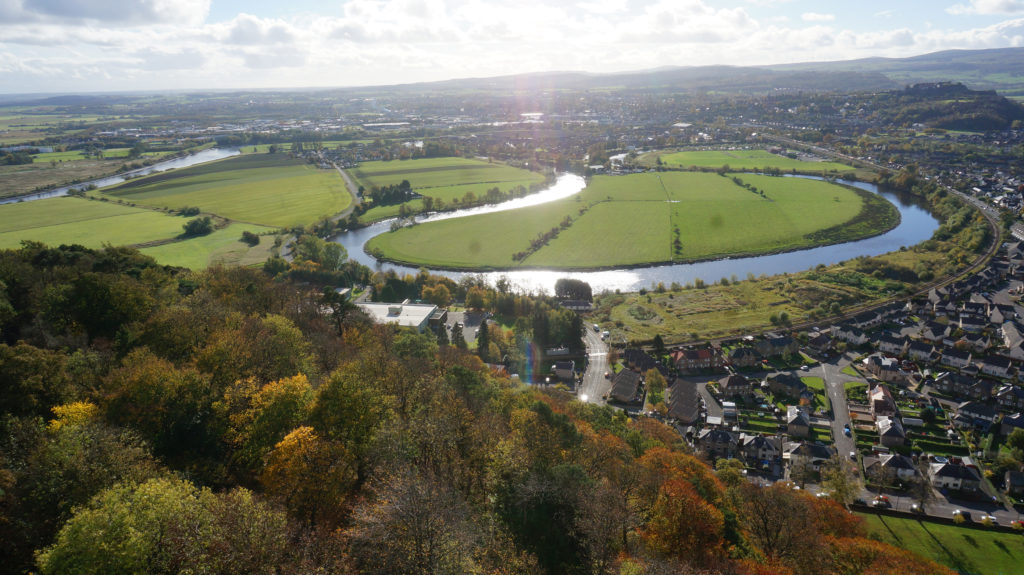
Pulling from a variety of characteristics gleaned from visiting and living in the Finger Lakes, it is easy to apply the challenges and successes of Loch Leven’s preservation-minded residents to our region. Across the Finger Lakes there are efforts in the works to further protect the environment while fostering an economic viability around eco tourism and the abundant resources the region provides. Scotland is smaller than New York State but has already addressed some similar challenges. The Scottish Government – after a six-year citizen fight and strong opposition – has banned fracking. As with New York State, there are still those who would like to see this reversed and legal battles continue. Groups like Friends of the Earth Scotland (FOTES) remain active to make sure fracking stays banned. FOTES is also taking on another environmental concern that has recently dominated the Finger Lakes News. Although the Scottish Government has issued safety guidelines for existing and future trash incinerators in the country, there is growing public concern and opposition as eleven new proposed incinerators move toward approval.
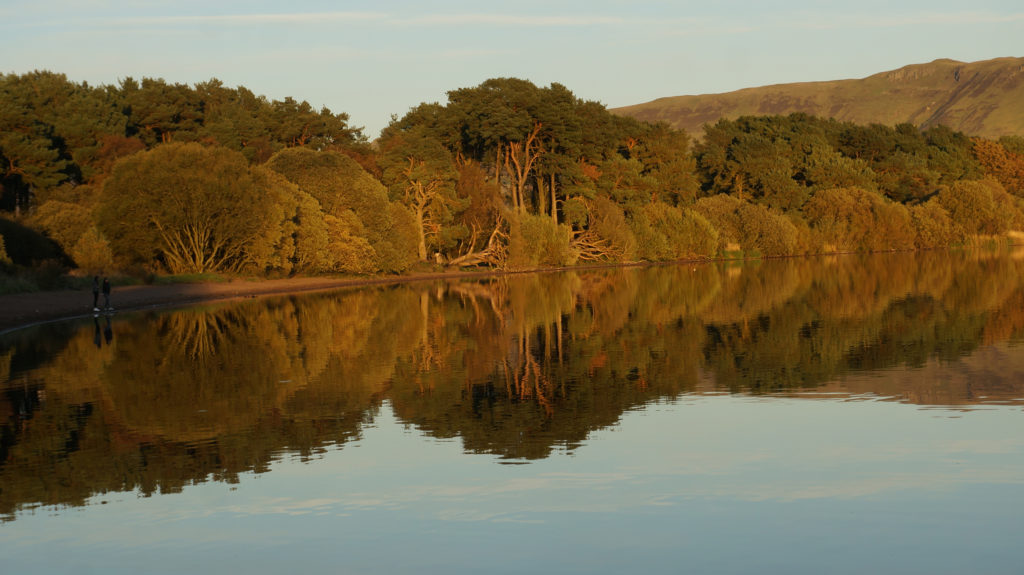
Another challenge that offers parallels between Scotland and the Finger Lakes Region is toxic blue-green algae. The Scottish Environment Protection Agency and other environmental groups have been tracking blooms – which have been an issue with this season’s warm summer. These environmental concerns as well as progress toward a more regionally based and environmentally sound economic structure that protects and preserves environmentally sensitive areas, in a country smaller than our state, provided me with an unexpected and welcome opportunity to rejoice in the common goals shared by people around the world.
Our travels to the highlands, and our chance encounters on this unplanned segment of our adventure, has been ambered into my memory. Equally memorable will be my time at Loch Leven. Choosing to stay there with my two feet as transportation allowed for a more intimate exploration of the area. Seeing new places and natural wonders, along with the historical markings of a history rich in resources yet marred by strife, provides abundant insights and reminders of our own historical past and the challenges before us.